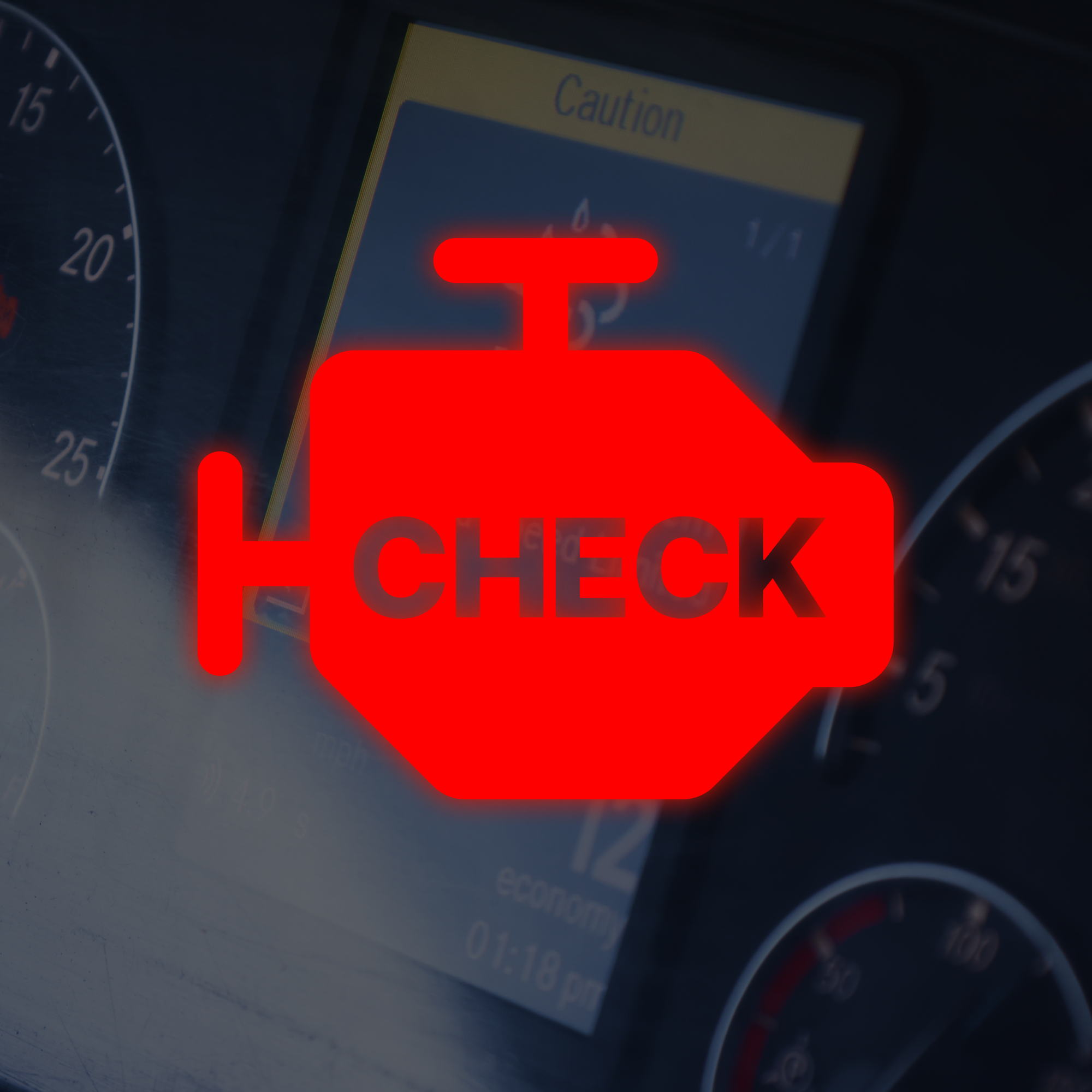Winters are tough over the road! Whether you are living in Northern America or Middle America, you are bound to hit cold weather regardless of where you are located.
It is important to understand the you need to keep your truck prepared for cold weather and to know what to do when your route takes you through sub-zero conditions.
In this blog, we will be going through our 6 tips to maintain your truck in the winter!
1) Keep your engine warm
Getting a quick start is not always easy with trucks that have been sitting in the cold overnight. However, there are multiple ways to keep your engine warm. Block heaters and battery warmers are your best options.
But, they can get pricey especially if you are a local owner-operator that plugs in your heaters in your home outlet to draw power. So start off with just one of these to get you started.
2) Drain your air tanks
Water condenses in the primary and secondary air tanks and can cause your air brake system to malfunction.
3) Replace your air dryer filter
Why? Because it removes the condensation in your air lines.
4) Drain the fuel water separator the day or night before you hit the road
Water condenses in the fuel tank and increases the likelihood that the filter/heater unit will freeze.
A good tip here is to use a small micron fuel filter because this is the only protection the engine has against fuel contaminants.
5) Check your brakes regularly
Keeping your brakes adjusted and maintained can keep your brakes from freezing.
6) Pay attention to the diesel fuel you fill up with
Fuel up with ultra-low sulfur diesel fuel and a fuel additive to prevent the fuel from gelling up and to keep your fuel-filters from getting plugged up with ice and wax.
Many gas stations are equipped with hydrosorb filters. These filters remove the water before it gets into your tank which prevents the gas from freezing.
We hope these 6 tips are helpful to you as you prepare your truck for the winter.
Until next time! 👋
Stay safe, stay healthy & be blessed.




6 Steps To Spring Clean Your Semi-Truck
5 Common Inspection Tips